How can we prevent these fires from happening in the first place?
It is reported that Canada has about 7,500 wildfires annually that burn over 2.5 million hectares of forest. And the projections are troubling. By 2050, it is estimated that the amount of forest that will be burned by wildfires because of a changing climate will double.
How do Wildfires Start?
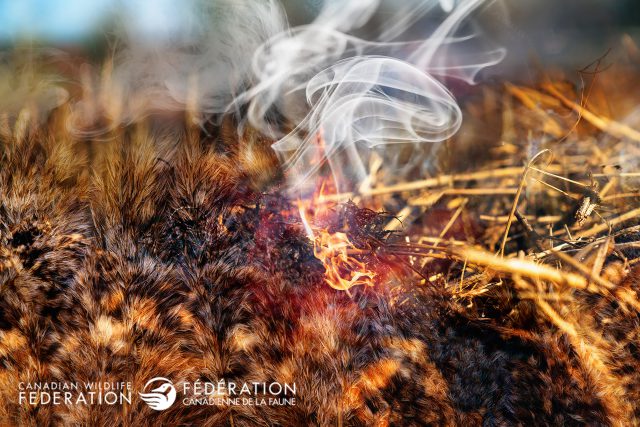
Wildfires start due to either natural causes or humans. Luckily, the fires caused by human activity can be curbed if we all do our part. Check out these tips on how you can help to prevent these devastating wildfires from starting in the first place.
- Do learn how to start a campfire properly. Whether you’re camping or spending time in your backyard, there’s no doubt that spending time around a campfire with family and friends can create wonderful memories. But making a campfire comes with responsibility. Use a proper fire pit that is clear of any surrounding vegetation, including overhanging branches and tall trees. It’s always a good idea to have a bucket of water handy just in case it’s needed and never leave the fire unattended.
- Don’t start a campfire if it’s windy. Wind can spread fire and that can be incredibly dangerous. So, if it’s windy, this is not a good time to make a campfire and it should be postponed for another day.
- Do make sure the fire is completely out before you leave the site. To make sure your fire is completely out, pour a bucket of water over it, stir it, throw another bucket of water on it and stir it again. Keep adding water until it is cold to the touch.
- Do check with your municipality. If you have yard waste that you are looking to burn, make sure there aren’t any municipal burn bans in effect for your area. If the conditions are safe to have a fire, make sure you always stay with the fire. Having a fire extinguisher nearby is always a good idea.
- Don’t toss your butts. If you smoke, be careful where you toss your lit matches and cigarettes. While throwing these out your vehicle window or on the ground isn’t a good idea for a number of reasons, here’s one more – they can provide the spark that can create a wildfire. Make sure they are fully extinguished before putting them in the garbage.
- Don’t park on dry grass. Keep hot vehicles including cars, all-terrain vehicles, and other machinery off dry grass. Dry grass in particular is easily flammable and so it’s better to be safe than sorry.
- Do keep an eye out. If you see a fire that is cause for concern, call 911 or your local fire department.
Tools That Are Helping to Fight Wildfires
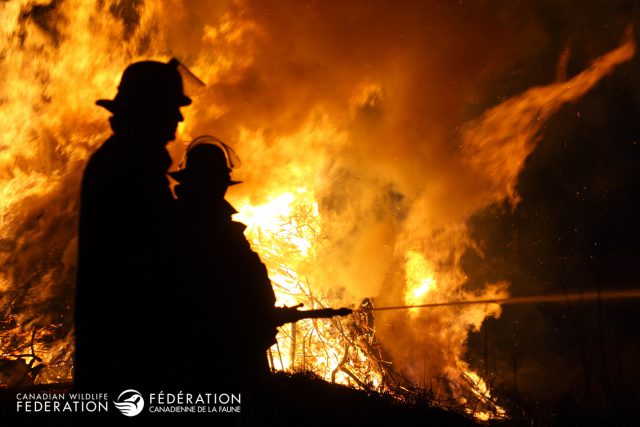
Fighting wildfires is a dangerous job but technology is advancing to help in the battle. Below are some of the new tools that could help firefighters not only detect fires but help put them out. Some of these technologies are still in development while others are being tested to determine their effectiveness.
Tracking Fires
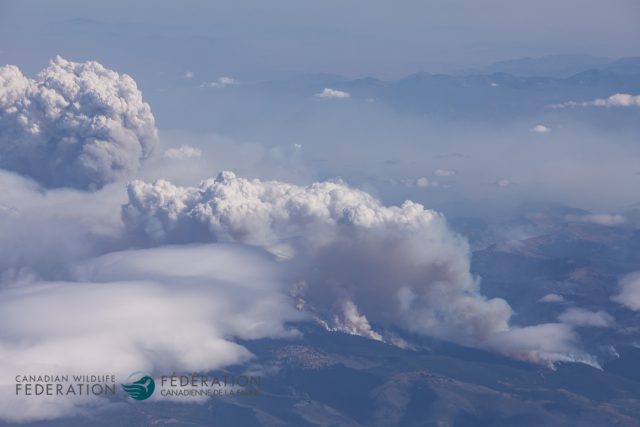
There are so many different ways that authorities are tracking fires in the hopes of snuffing them out before they get out of control. Here are just three examples:
- WildfireSat uses a satellite that provide fire crews on the ground with important information in a matter of minutes. It allows firefighters to determine high-risk fires so that their activities can be prioritized. It is a project of the Canadian Space Agency, Canadian Forest Service, Natural Resources Canada and Environment and Climate Change Canada.
- Remote wildfire detection cameras provide videos and photos of wildfires that are in their early stages as well as smoke plumes to computers that can then warn firefighters. This is especially useful in isolated areas that do not have lookout towers.
- Drones can be used to determine hot spots and to examine the cause of fires. They can also be used in situations that are too dangerous for airplanes and helicopters, for instance when there is heavy smoke and when flying at night.
Getting Smart With Water
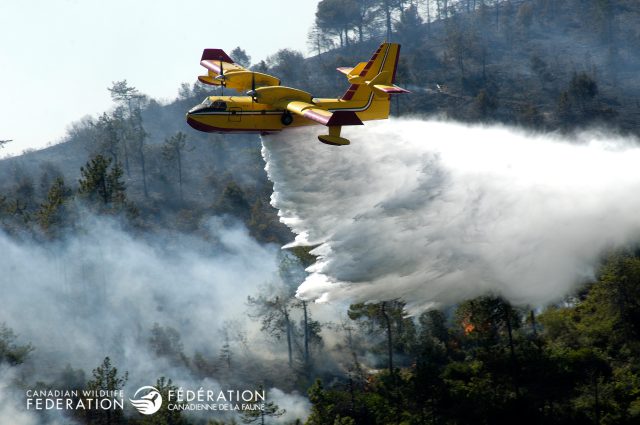
Similarly, authorities are working hard to get much needed water to fires in brand new ways. For example, they are using:
- High-volume water delivery systems which make quantities of water available in areas that may not have an adequate supply. These systems use large sprinklers and cannons to put out fires.
- Helicopters with gel water enhancement systems – these are a fire suppressant that lowers the amount of available oxygen that would feed a fire.

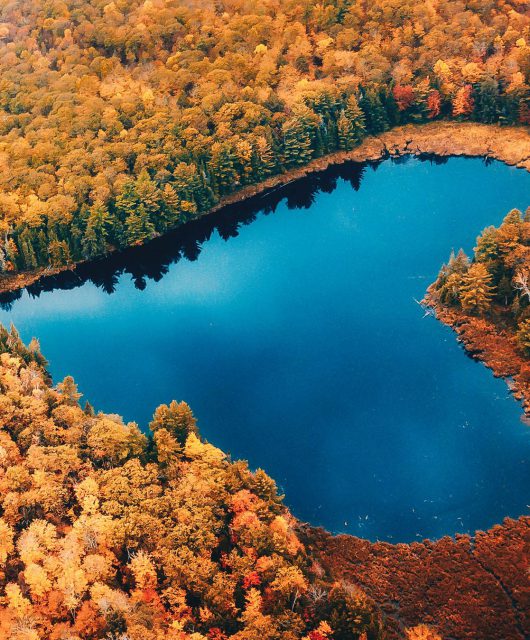

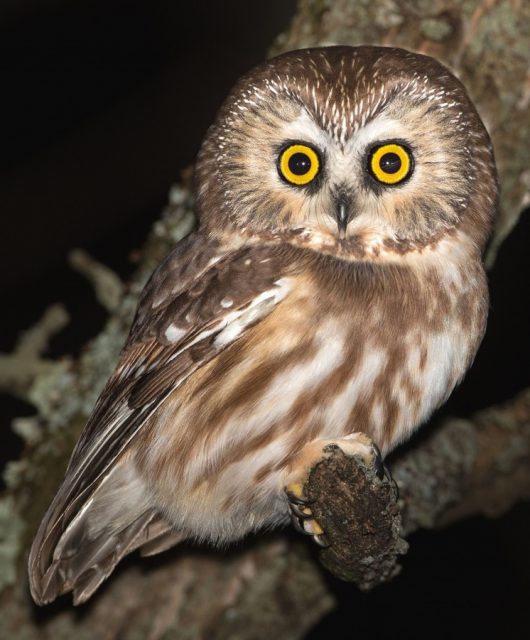
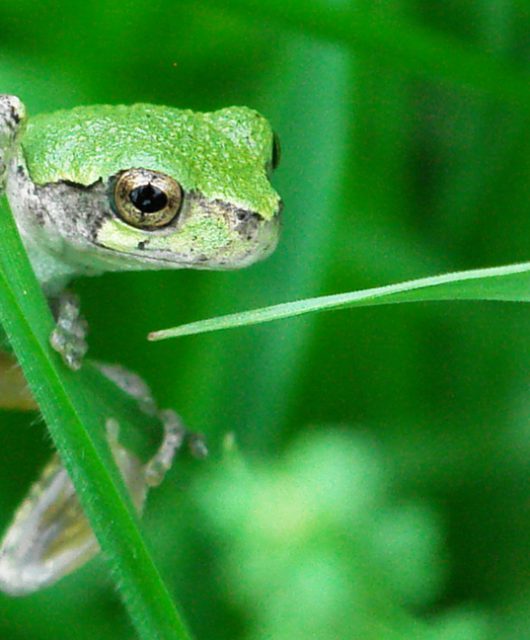
7 comments
Well written and timely article , Terri—Lee…
Thank you for this article. I was unaware that there were so many ways to make sure your campfires were safe. This was very helpful.
One way to stop “many” of these fires, is to stop the “Chemtrails” I’m seeing regularly deposited in our skies in Canada — depositing fire accelerating chemicals and often incl. pesticides, barium, mercury, arsenic, Lyme disease and more. These jet-trails expand to form clouds (have photography to prove) and are being deposited routinely across Canada and the US. They say they’re blocking the sun to fight global warming; but this is not true or even a good idea as we NEED the sun’s rays for our “Health”. These are killing trees and foliage, poisoning our soil, polluting our lakes and fresh water sources and killing and mutating wildlife and birds! Nothing is being done to stop these because “big money” is behind it (investigate the unusual fires a couple years back in California, where many lost their homes but could not “re-build” because their insurance companies said there was dangerous chemicals in the soil).
PLEASE: “Investigate these” and help stop the destruction of our environment and wildlife! Our government is doing nothing to stop these. Thank you!
Great ideas, and informative, too. Thanks.
I have always maintained that if every prisoner in every prison is put to work cleaning out the forest floors and deadwood, we would not be in this predicament. It’s a win-win situation. They need to do work and we get results without a large expenditure.
What is CWF doing to help the animals that are displaced by these fires ?
Dear Liz,
Thank you for your comment. Please visit these links for some answers to your question:
https://blog.cwf-fcf.org/index.php/en/a-burning-problem-wildfires-in-canada/
https://cwf-fcf.org/en/about-cwf/faq/faqs/what-impact-do-wildfires-have.html
As a national organization, we at CWF do not rehabilitate wild animals. However, there are wildlife rehabilitation organizations that are helping wildlife in distress.